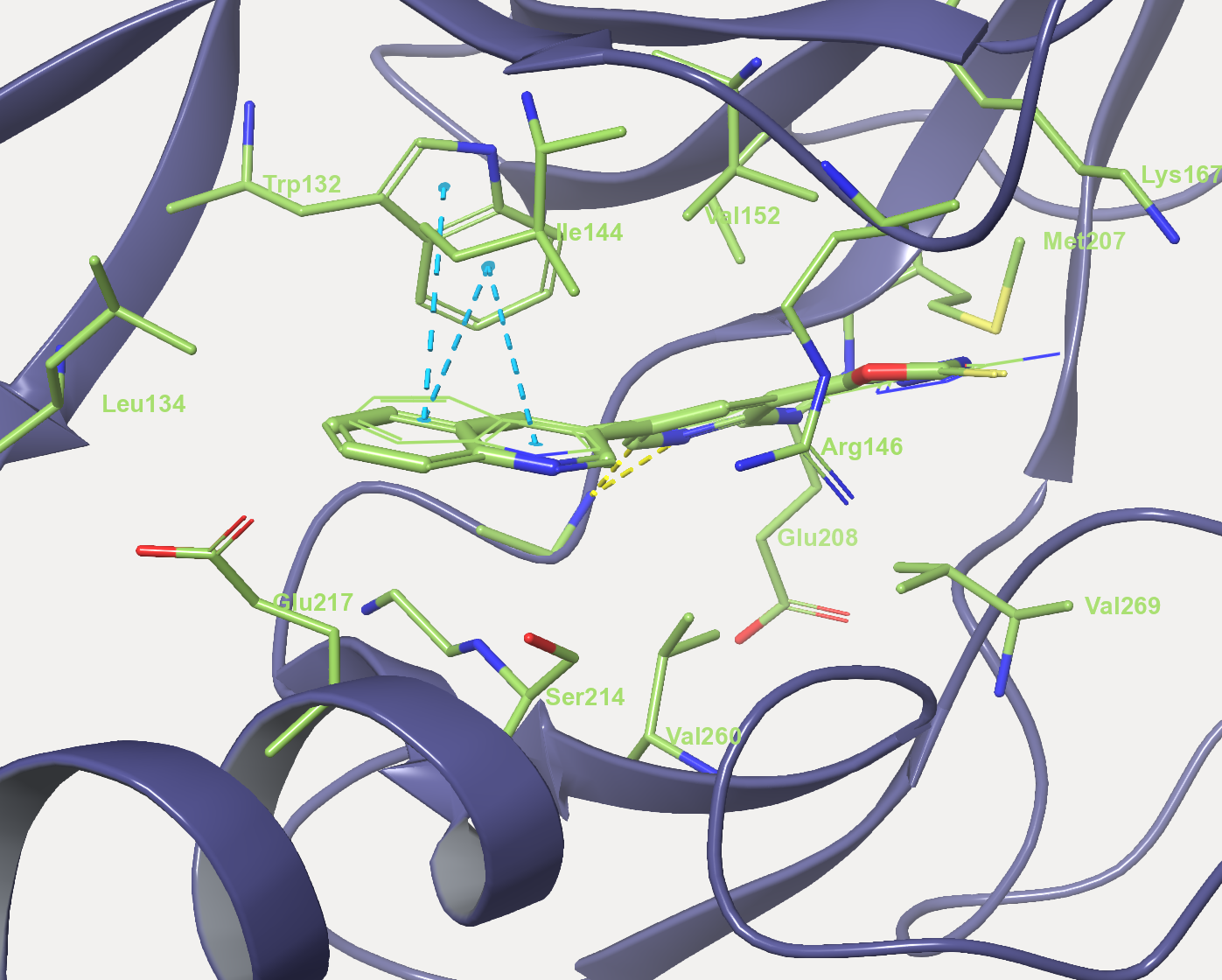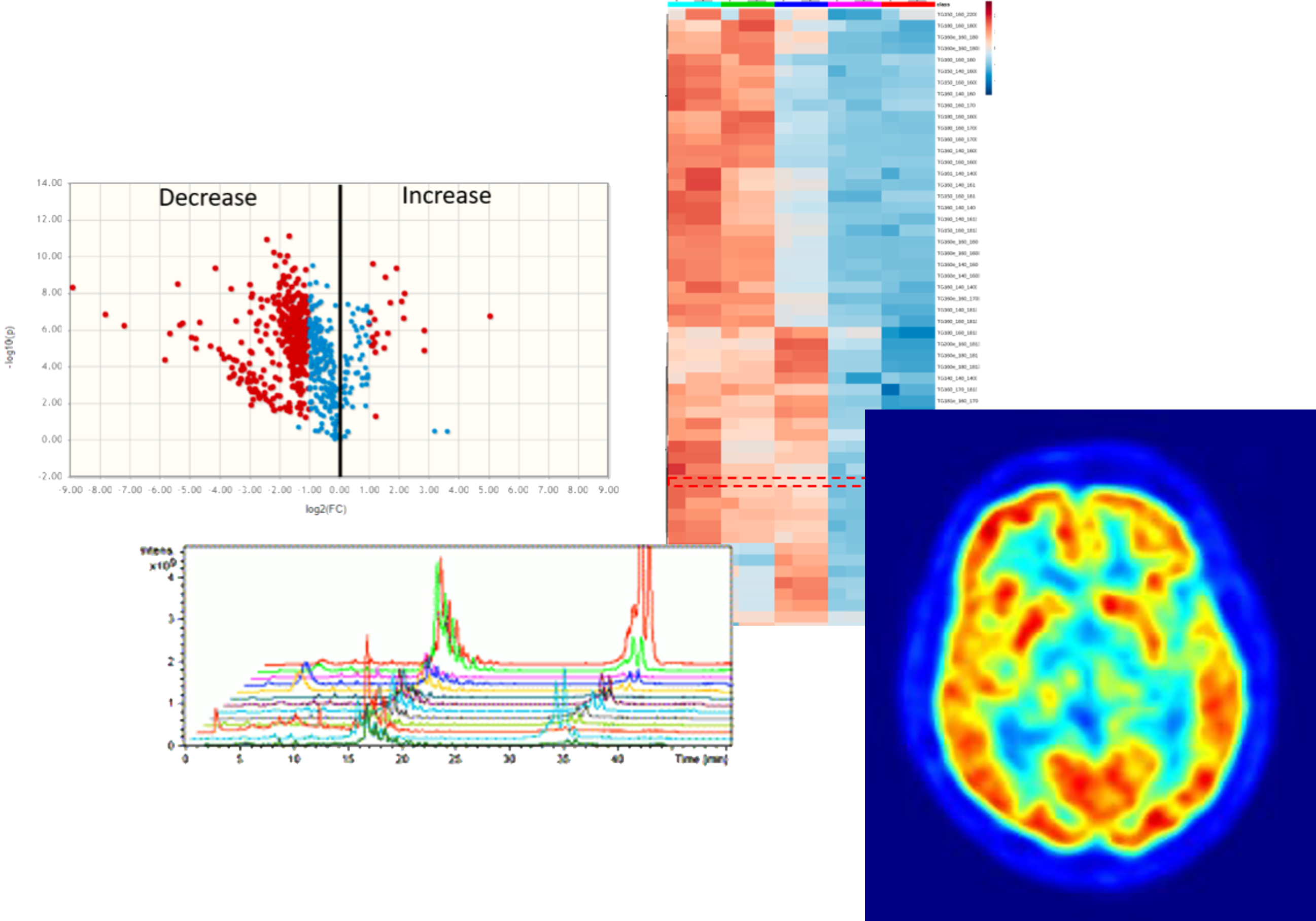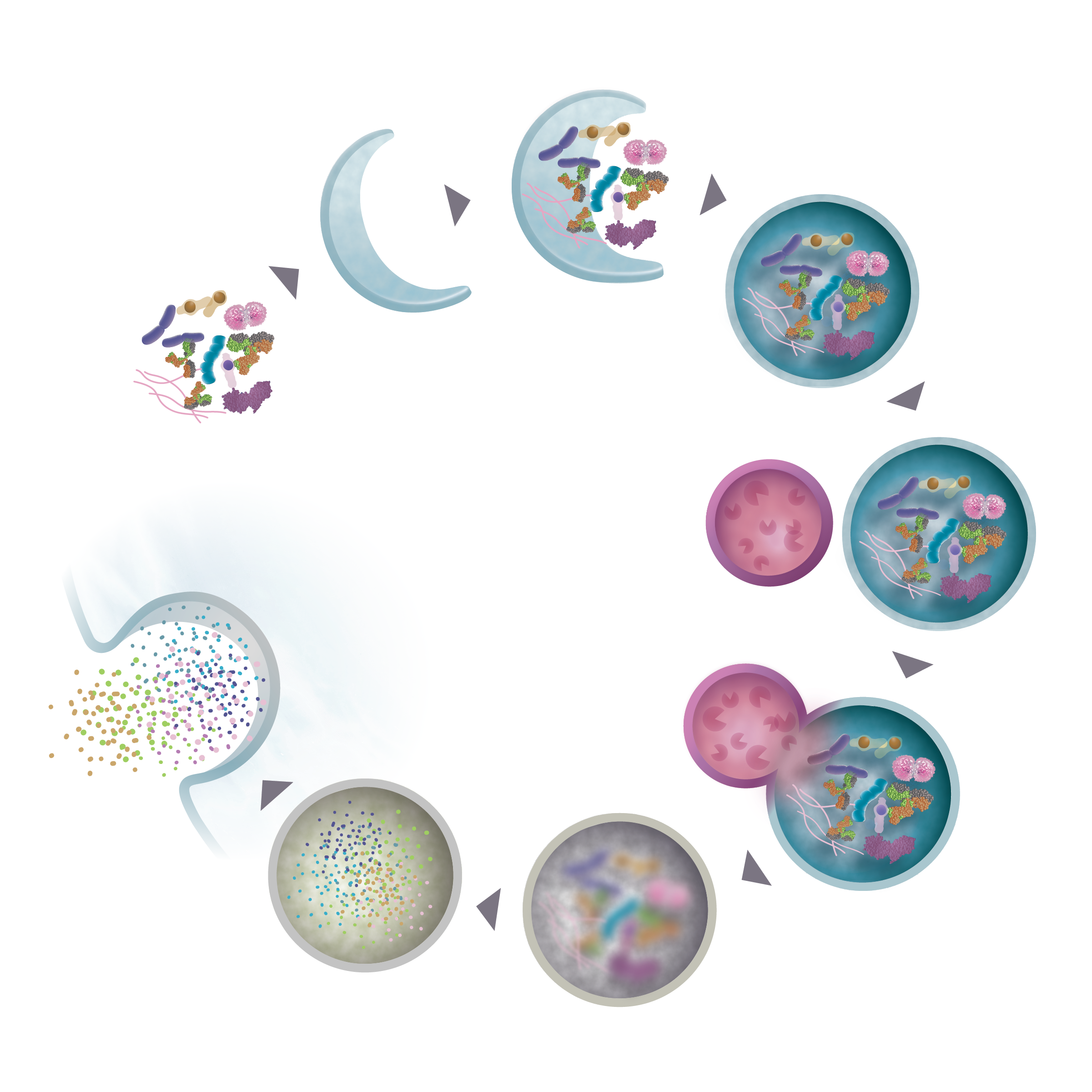OUR SCIENCE
Cellular phenotyping-enabled drug discovery
Pursuing genetically validated targets with a focus on autophagy pathways by uniting machine learning-enabled image-based cell profiling, chemistry and computational sciences to discover novel small molecules to treat severe neurodegenerative diseases.
How we address biological questions at scale

We use high content imaging of human-derived cells to extract cellular features and generate hundreds of phenotypic profiles. By deploying machine learning-enabled modeling, we can rapidly pinpoint the clusters and classifiers that separate diseased versus healthy state signatures to better understand how biological pathways regulate cellular behaviors and how dysregulation leads to disease.

Our drug discovery strategy combines inventive structure-based hypotheses with computational methods to devise novel approaches to modulating protein function.
We apply our medicinal chemistry expertise and mathematical/physics-based modeling to high value biological targets with unexploited modalities such as allosteric activation and molecular glues to identify novel small molecule drugs.

We identify target- and disease-specific biomarkers for pathway engagement and patient stratification to increase the likelihood of success in our clinical trials.
Boosting autophagy to restore neuronal function
A vital natural pathway
A critical role in neurodegeneration
Restoring neuronal function to alter the trajectory of neurodegenerative disease

Autophagy is the body’s own cellular degrading machinery that clears toxic proteins and damaged organelles such as mitochondria through a mechanism mediated by lysosomes — small vesicles that contain protein-degrading enzymes — to restore normal function.
